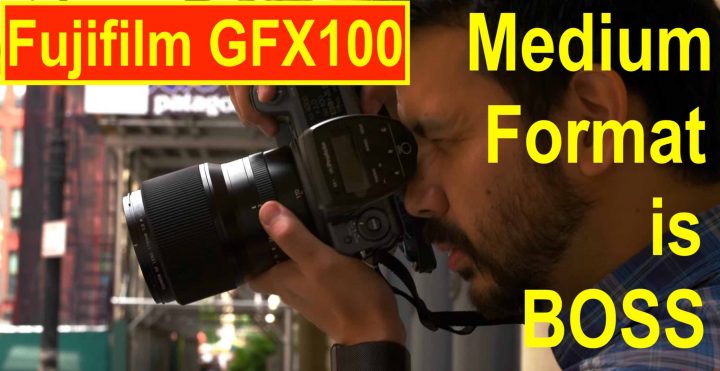FUJIFILM vs SONY Colors Compared: “If You don’t Want to Spent Time Color Grading, Fujifilm is Great”
Max Yuryev compares the Sony vs Fujifilm color science.
It’s a blind test, so you have to go through 10 frames, note on paper if you prefer camera A and B. Of course I did it, and it turns out I prefered Fujifilm in 80% of the cases.
The video frames from 1 to 4 are taken with standard picture profile, whereas from 5 to 10 he compares Eterna to a custom made picture profile.
Some general conclusions Max made, before we watch at the frames one by one:
- in harsh daylight, with light bouncing, the Sony got some heavy tint, but Fuji’s smart color science got rid of it
- Sony is usually more accurate, but you have to spend time to get rid of that tint
- Fujifilm got it figured out, and you don’t have to worry about color tint
- If you just want to shoot, and not spent time color grading, Fujifilm is great
We remind you that, as reported here, Fujifilm makes a distinction between metric color and memory color. Metric color is more realistic, whereas memory color is interpretation, it’s how your brain sees and remembers colors in a certain scene.
Certain Fujifilm film simulations are not ment to be accurate representation of real colors, but interpretations closer to how you remember those colors.
Other film simulations instead just have to give a unique vibe to the image, think at the vintage touch of the less saturated Classic Chrome for example, great for documentary photography, thanks to the “art of omission” that puts the story/content in the center, instead of colors.
Colors science is a crucial factor at Fujifilm, and we told you already that the engineer, who developed the original Velvia film, has also developed the digital Velvia film simulation.
And now back to the comparison:
1st frame


